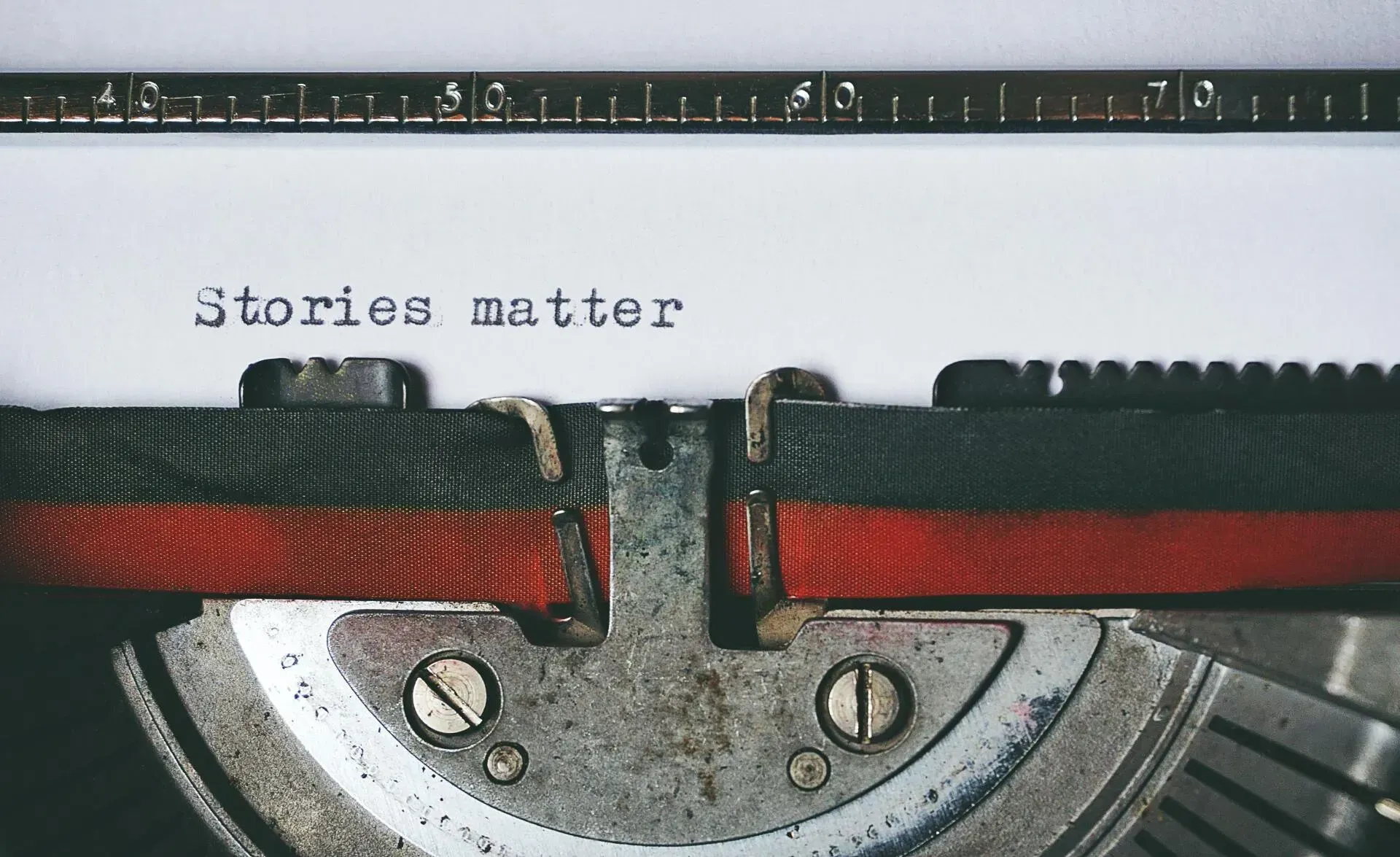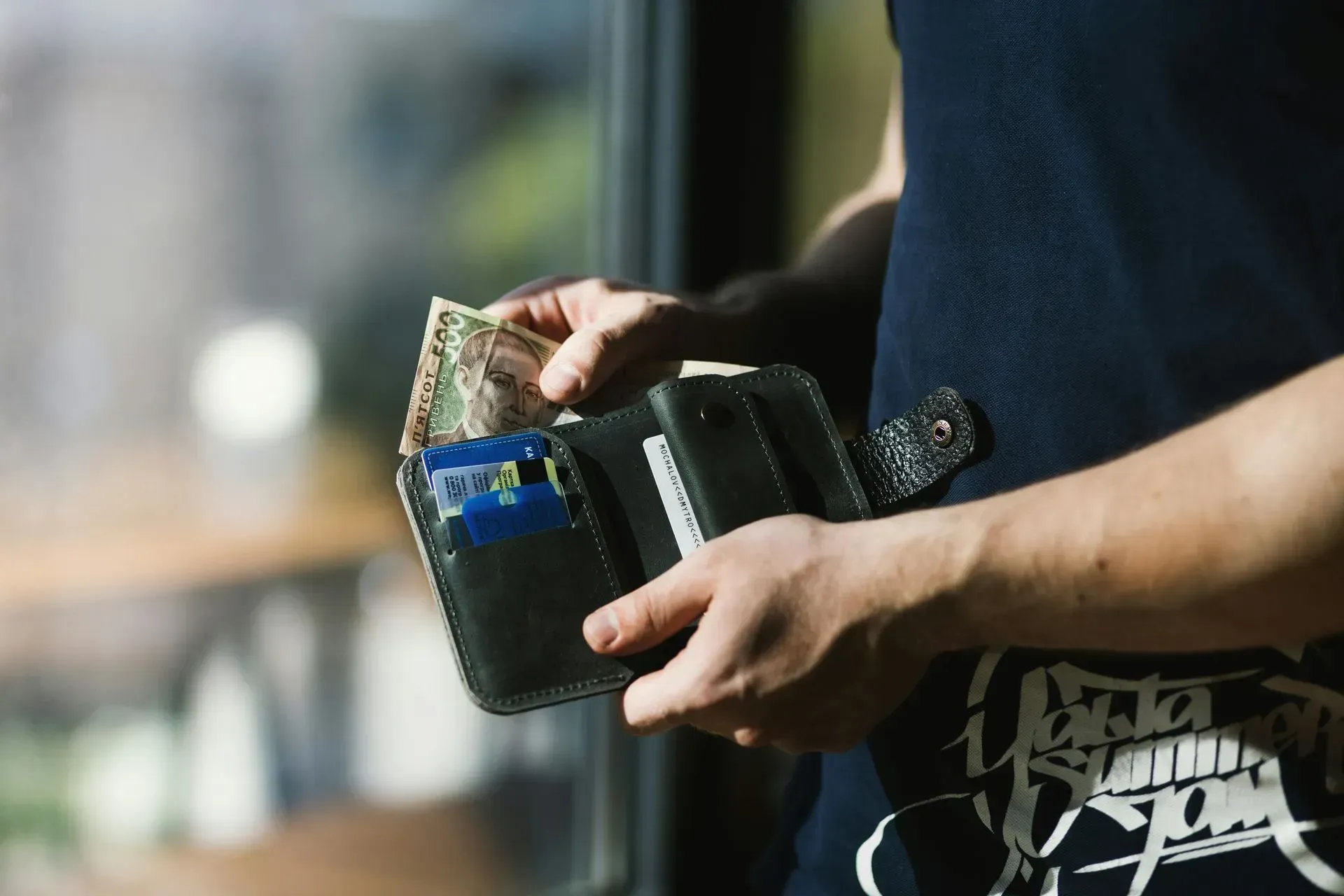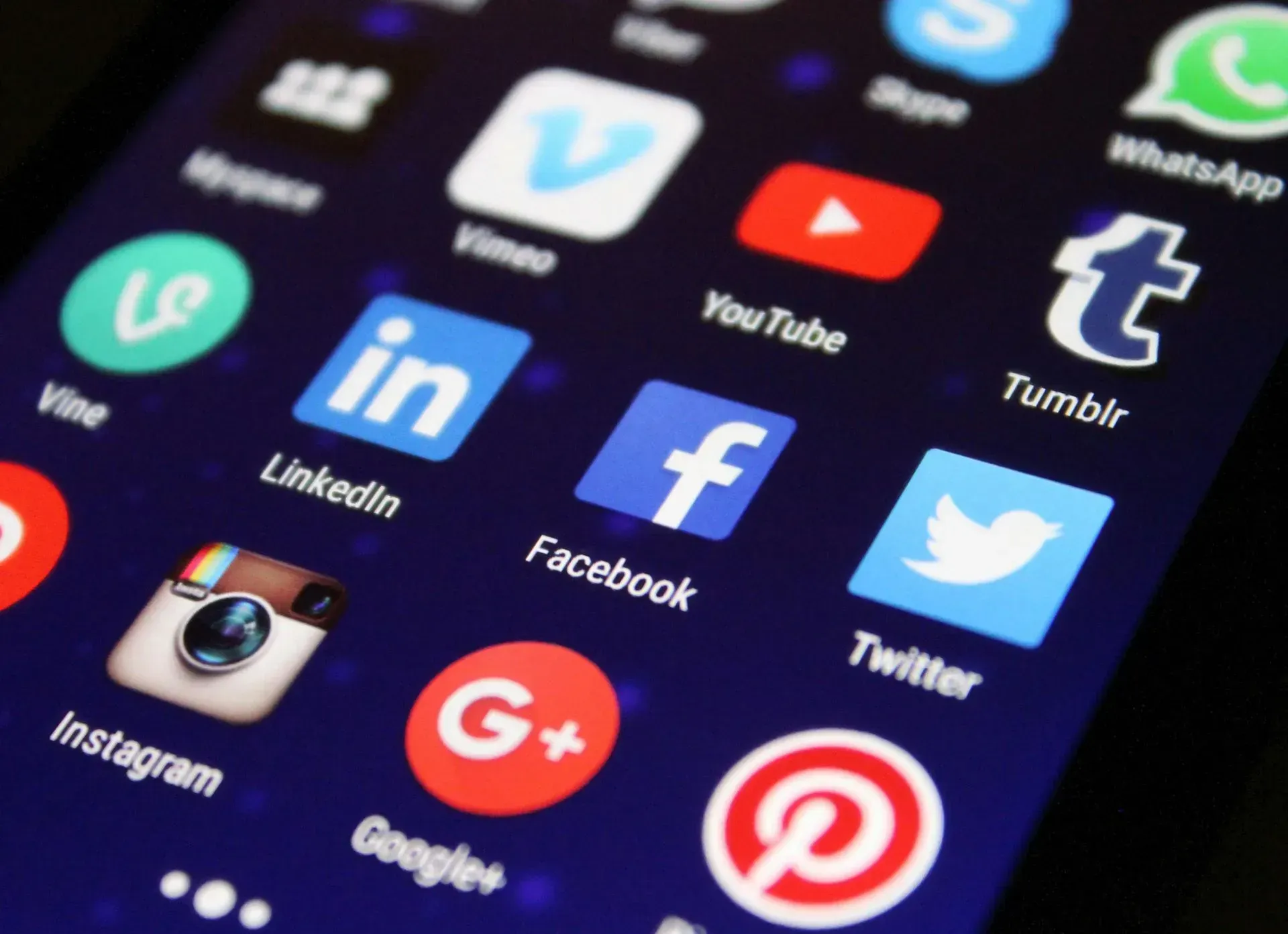Data Storytelling Turns Complexity Into Business Outcomes
Finding The Value In Data Through Well Told Insights
You’ve got heaps of data. You’ve collected it, stored it and analysed it. But how do you give that data meaning? How do you use that data to influence and change behaviour? Your data may hold tremendous amounts of potential value, but not an ounce of value can be created unless insights are uncovered and translated into actions or business outcomes.
All too often we work with clients who are swamped with data. They may even be doing all the right things with that data in terms of analysis and generating reports, but they can’t see the wood for the trees. The ability to take data - to understand it, to process it, to extract value from it, to visualize it, to communicate it, to take others on a journey with it - is going to be the most important skill in the next decade.
LinkedIn recently reported data analysis is one of the hottest skill categories over the past few years for recruiters, and it was the only category that consistently ranked in the top 4 across all of the countries they analysed. Interestingly, much of the current hiring emphasis has centred on the data preparation and analysis skills—not the "last mile" skills that help convert insights into actions. Many of the heavily-recruited individuals with advanced degrees in economics, mathematics, or statistics struggle with communicating their insights to others effectively—essentially, telling the story of their numbers. As with any good story, a data tale needs a beginning, a middle, an end, and some actionable insights. Data scientists aren’t always up to the job.
While interpretations vary, most experts describe data storytelling as the ability to convey data not just in numbers or charts, but as a narrative that people can relate to. If you want people to make the right decisions with data, you have to get in their head in a way they understand. Throughout human history, the way to do that has been with stories. The skill of data storytelling is removing the noise and focusing people’s attention on the key insights.
Perhaps the most difficult data storytelling skill to master is empathy — to understand where the audience is coming from, what they are interested in and and which parts of the data analysis they’ll react to. Data can be a powerful enabler in a business or a massive passion killer. Being browbeaten by slide-after-slide with bullet points, graphs and tables with no real conclusions or being frustrated by a presentation that despite the abundance of data lacks any insight that could move the conversation forward often leaves you thinking, so what?
Stories create the context for your data and give it meaning. It’s well-known that, as humans, we are wired to respond to communication that is structured as a story. What people really want to hear isa simple yet engaging story that gives them clarity so that decisions can betaken confidently. You need communication that draws on your data in a way that magnetises your audience and gives them context, relevance, meaning, insights and action.
Any insight worth sharing is probably best shared as a data story. The phrase “data storytelling” has been associated with many things—data visualizations, infographics, dashboards, data presentations, and so on. Too often data storytelling is interpreted as just visualizing data effectively, however, it is much more than just creating visually-appealing data charts. Data storytelling is a structured approach for communicating data insights, and it involves a combination of three key elements: data science, visualisation, and narrative.
Data science : Data Scientists have been widely recognized as professional data wizards. Data Scientists need to work at the intersection of computer science, machine learning, data mining, statistics and analytics to help a business gain competitive advantages.
Visualisations: Data visualisation is a form of visual art that grabs our interest and keeps our eyes on the message. When we see a chart, we quickly see trends and outliers. If we can see something, we internalise it quickly. If you’ve ever stared at a massive spreadsheet of data and couldn’t see a trend, you know how much more effective a visualisation can be.
Narrative: The third and, somewhat, most vital part of a data story is the narrative. Narrative uses easy-to-understand language in a format that suits the particular needs of the audience. The narrative is the choice of which insights to tell and in what order to tell them.
It’s important to understand how these three different elements combine and work together in data storytelling. When narrative is coupled with data, it helps to explain to your audience what’s happening in the data and why a particular insight is important. Ample context and commentary are often needed to fully appreciate an insight. When visuals are applied to data, they can enlighten the audience to insights that they wouldn’t see without charts or graphs. Many interesting patterns and outliers in the data would remain hidden in the rows and columns of data tables without the help of data visualizations.
Finally, when data, narrative and visuals are merged together, they can engage or even entertain an audience. When you combine the right visuals and narrative with the right data, you have a data story that can influence and drive change.
Further Reading
If you would like to read more about how to turn these stories into actionable insight and using it to enhance customer data for better personalisation then read this article.
CRM MARKETING BLOGS











